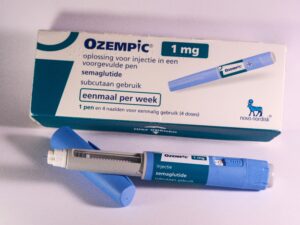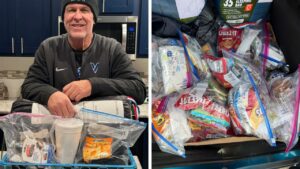Severe winter weather can be dangerous, both from a property damage perspective and that of health and safety. The following suggestions might just save your life.
You should have a roadside emergency kit in your car consisting of jumper cables, a can of tire inflator, a few assorted hand tools such as screwdrivers and pliers, road flares, a can of de-icer, and extra de-ing fluid for the windshield.
You also need a personal emergency kit which should contain a blanket, extra gloves, and hat, bottled water, non-perishable food such as energy bars, toilet paper, paper towels, cleaning wipes, a first-aid kit, a flashlight with spare batteries, a fully-charged spare battery or battery backup for your cell phone, as well as an extra car cellphone charger.
You should make sure your vehicle is prepared for the winter. This means making sure the battery is in optimum condition, changing all fluids, inspecting belts and hoses, inspecting tires, and making sure there are no exhaust leaks that could lead to carbon monoxide poisoning. You should make sure your brakes are in good working order, and that your windshield wiper blades are not hardened and leaving streaks. Try to keep a full tank of gas. Check your tires for proper inflation. According to the tire experts, if you do not replace all four tires for the winter, place new tires on the rear.
It is prudent to keep a one to two-week supply of food, medicine, pet food and accessories, and household essentials on hand at home during severe winter weather. And because ice storms often result in power failures, a backup-generator is advisable. You need to select one that has the capability to operate your appliances and central heater. It is dangerous to operate propane and other outdoor heating devices inside due to the risk of carbon monoxide poisoning. At the minimum, battery-powered lighting, spare batteries, and possibly a power inverter that converts 12 volts into alternating current, and portable gas or propane heaters that have an oxygen sensor, are recommended.
When outdoors, dressing in layers will keep you warmer, making sure your inner layer of clothing wicks moisture away from your body.
During temperatures at or below freezing, try to limit your exposure, as hypothermia and frostbite can develop more quickly than you think.
When shoveling snow, do not overdo it. Pace yourself, stay hydrated and take breaks often. Many heart attacks occur during cold weather due to strenuous outdoor labor.
When walking on icy surfaces, take small steps and walk like a penguin, this will lower the risk of falls and subsequent serious injuries.
When commercial ice-melt or rock salt is not available, you can buy pool salt, calcium chloride, or magnesium crystals at pool supply stores. You may also use fertilizer. If you simply want to provide traction on slick surfaces, sand or kitty litter will make traversing those surfaces much safer. If you use rock salt or pool salt, which contains sodium chloride, be sure to wash converter surfaces as soon as possible to avoid permanent damage.
Last but not least are a couple of winter driving tips. When driving on snow or ice, please slow down—you can not drive at normal speeds—and expect to make an emergency stop. You should slowly approach stop signs and gently apply the brakes. Be aware of black ice—the pavement may look “wet” and not frozen, yet there is a very thin layer of ice present, enough to cause you to lose control.
If you find your car is losing control on ice, do not apply the brakes, but gently turn the steering wheel in the direction of the slide. Overcorrection can cause your vehicle to spin in the opposite direction, possibly uncontrollably.
Hopefully, following these tips will keep you and your vehicle safe and sound during the winter months.











